https://www.youtube.com/watch?v=5Vkyad4LrJA
Max Park Broke the Rubik's Cube World Record TWICE in a row...
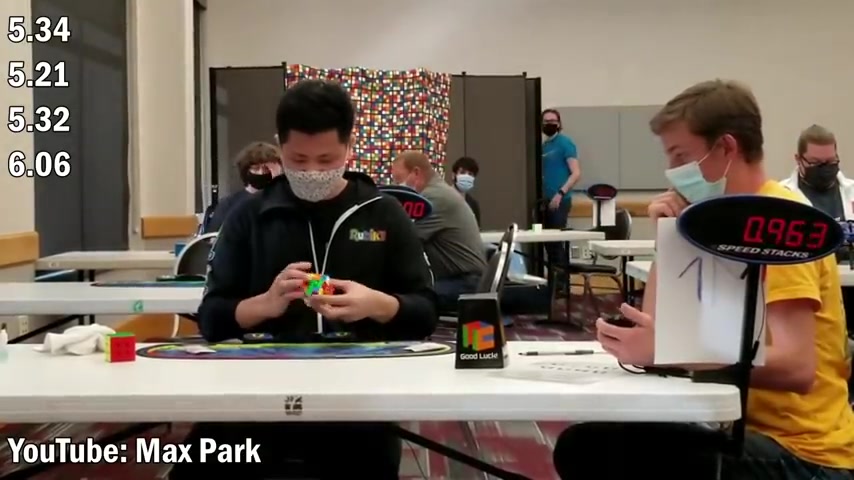
Max Park is insane .
On November 7th 2021 .
Max Park beats the world record average of 5.48 seconds with his own 5.47 seconds .
But then something happened later that day that actually made this average , not count as the world record .
What happened was Max Park beat the world record average again on the same day with a 5.32 average .
Absolutely destroying the previous average .
Even the worst solve in this one is better than the eighth best average in the world .
And if you look at the history of the world record average , it doesn't get broken all that often .
So for it to happen twice in one day is absolutely insane .
Max Park , you are number one cuber , but I don't need to be the one to say that .
Go look at his WC A profile .
This is the cleanest profile ever .
Well , besides two by two and square one , but he hasn't competed in those in years .
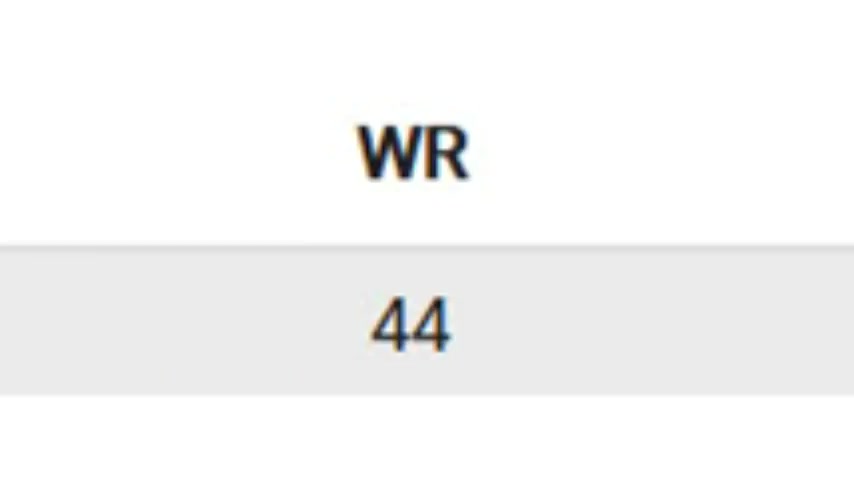
So if you take that off the profile , he almost has every world record in the events that he competes in 44 world records .
This should actually be 45 if uh the two world records counted .
But if two world records happen on the same day , they don't get to be both counted as world record .
You can see that on his profile here and it has actually happened before with the world record single , poor Keaton Ellis Lucas .
Why do you have to do it to him ?
So 5.32 absolutely crazy average .
But we are getting close to a sub five average .
I know me from many years ago would not have guessed that that was possible .
Or at least I didn't think it would come so soon .
So I want to know what your predictions are .
Leave them in the comments .
When do you think the first sub five average will happen ?
And what do you think the average will be ?
I'm probably gonna be so far off , but I think it'll be pretty soon .
I'm going to guess August 2020 22 which is next year and I think it'll be a 4.99 average .
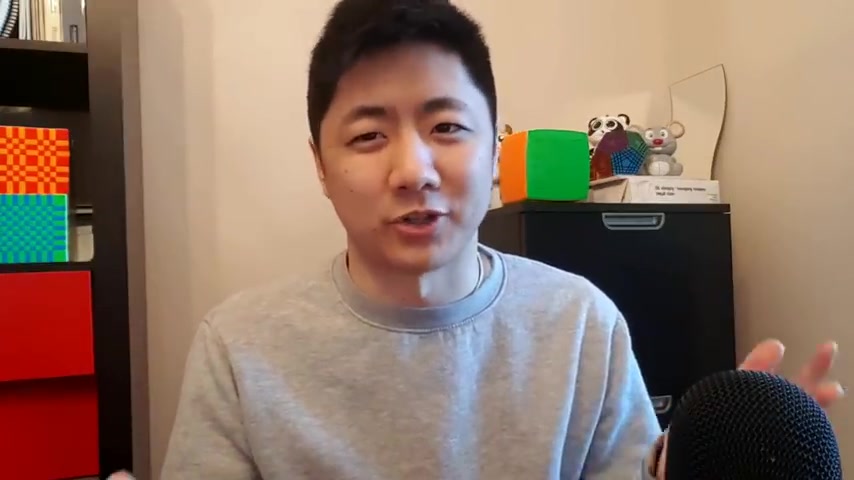
I just think that would be the coolest number to get and I will not be making a prediction on who gets the average because I don't want to put too much pressure on anybody .
So today , I thought we could take a look at the solves from the newest world record average and see what we can learn from it .
This is the first scramble done with white top and green front And yes , I am using my Gan 11 12 M Pro Maglev here at Max , solve the blue cross .
And you can actually make an X cross pretty easily .
You can go try to find it if you'd like .
But how it is done is by moving the orange piece away here and then putting in red , then these two are solved opposite each other .
Now , yellow goes here which solves the corner and this is white here .
And that solves the edge then just D two .
But he did D prime D prime because Max doesn't do double flags .
This pair could easily be spotted in inspection as it barely moved .
So he first did this one by rotating like this and solving it into the back which gives two solved back slots .
And then we have this pair here and this pair here .
Max did this one as it doesn't require a rotation .
I personally saw this first and would have done it first .
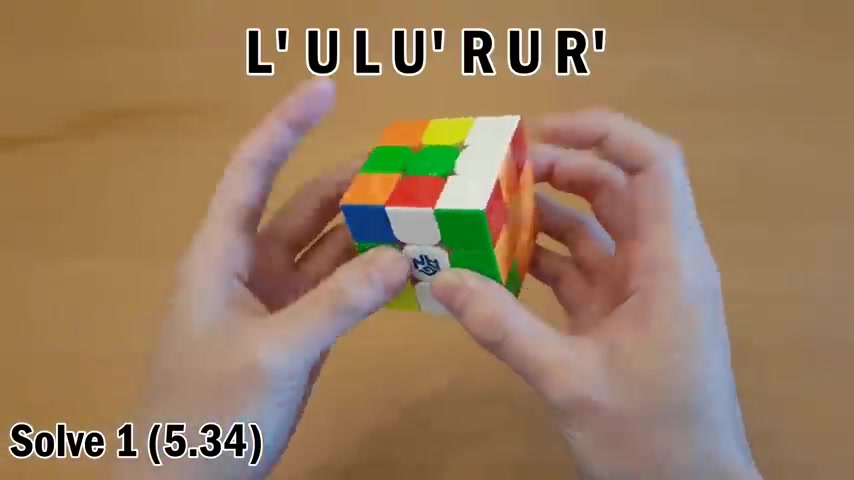
So Max is better than me at Cubing , confirmed the way to solve this one is by moving the edge back here and then taking out the corner like this , then he solved this and then we have these two which he rotated and solved it into the front .
Now , generally you want to solve back slots .
But when it's the last slot , solving it as the front is often better .
So like this , oh wait , no double flick .
And then we have this oll easy .
But here you also want to pay attention to something which is this block .
I don't know how much Max is looking at this , but he clearly seems to know what PLL he's getting as he's going into it .
Or maybe he just has crazy fast reaction times .
But either way for this oll this , this and this block get preserved .
So if you see this , you can memorize it goes there .
And then what he did after was U two and solve this PLL I found these reconstructions on speed cube DB dot com .
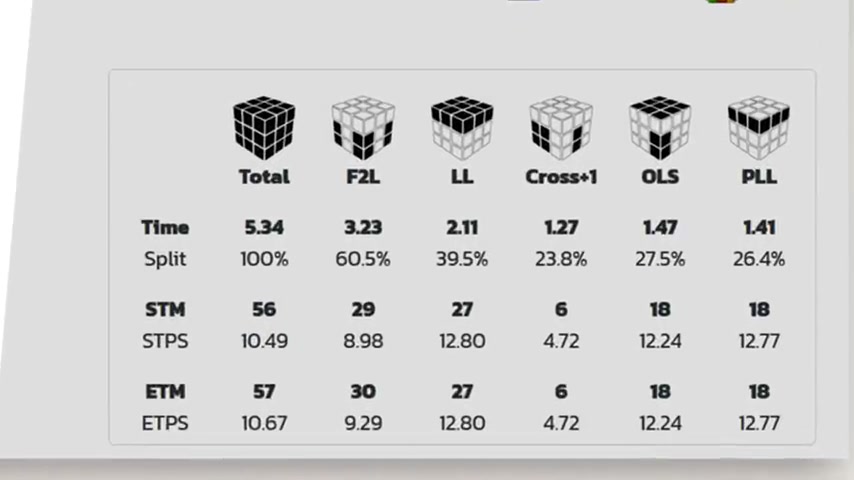
So I want to say a special thanks to Gill for making speed cube DB and to Stuy for making these reconstructions , you can get some really cool stats here such as the move count and turn speed and time for every single step .
And it's crazy that Max can maintain over 10 turns per second through the entire solve .
But as we're gonna find out in terms of turn speed , this is actually one of the worst solves in the average for the second solve .
Max does the green cross .
And here we have yellow and orange with orange on top of yellow , which is good because you can insert these together white is over here .
It red's here .
So what he did was D two and then insert these two and insert white right after .
Now that leaves this pair right here .
And if you just did D you'd have to do a rotation to solve this pair .
So instead he does E prime or maybe he does this and rotates , I'm not sure .
So E prime it is and then insert this without a rotation , then we have this one right here and that goes with this one right here .
So here what he did , which is not what I would do .
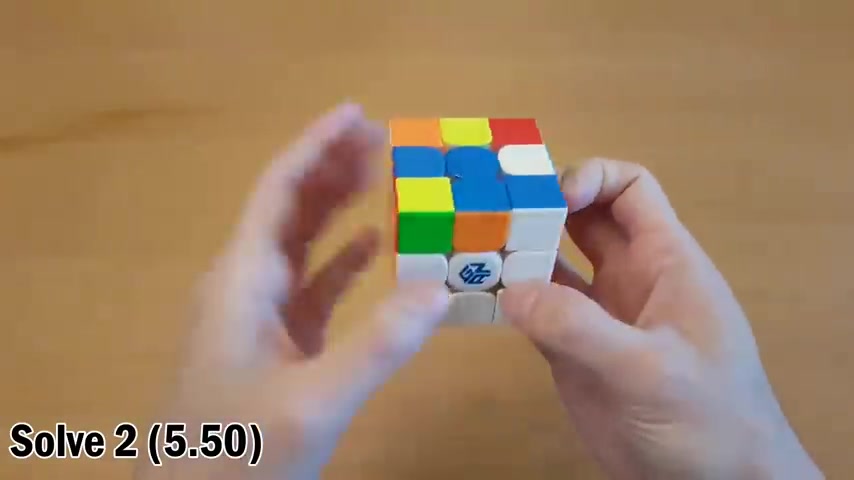
What max did was pair this up like this and then insert it over here .
Now , I'll show you what I would have done later .
But let's just finish this solve .
So next is this pair and this one goes with this one and you can kind of tell even just from here because this one is blue , which is the last layer of color .
So the only remaining piece it could be is that one .
So that's just a look ahead tip .
So he did this one like this .
And then lastly these two , which he solved like this without a reg grip , well , without a double flick either .
And then we have this oll , this is a really important oll to know how to look ahead to PLL .
Because what you can do here is just pretend this one goes here .
And if you can recognize the PLL from these side stickers , which is a certain G perm , then you can just do the oll and you'll get this .
So then this is a G perm .
Now what I would have done differently for this solve .
During the second pair is I would have paired them up like this with a sledgehammer .
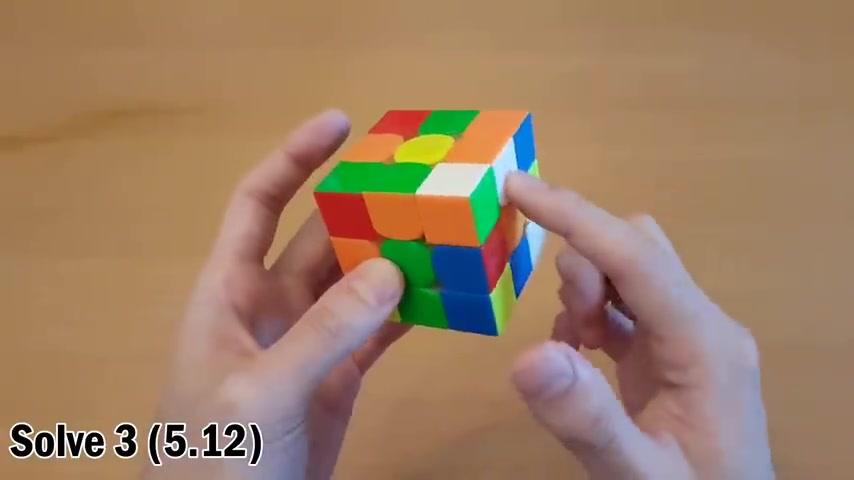
Then insert , now this is rotation list which looks better , but it leaves two solved front slots , which is not always better .
However , I would have seen this pair because they were just right here and easy to see .
So then I would have so this pair next and I see these two and oh , would you look at that ?
They're paired up and then I would insert this pair and then , oh , would you look at that PLL skip ?
I am better than Max Park confirmed .
Just kidding .
He got a five .
Even with a PLL skip , I probably would have gotten a six for the third solve .
Max did the white cross , which is a very obvious cross solution , at least for the first three .
I feel like there would be a bit of debate on how people do the fourth cross piece , but red and green were done like this and that sets up this first pair here .
Now , I think a lot of more intermediate cross solvers would solve this in a more move efficient way than what Max did solve it , maybe like this or maybe do a cube rotation and insert it like this or maybe even get fancy and do something like this .
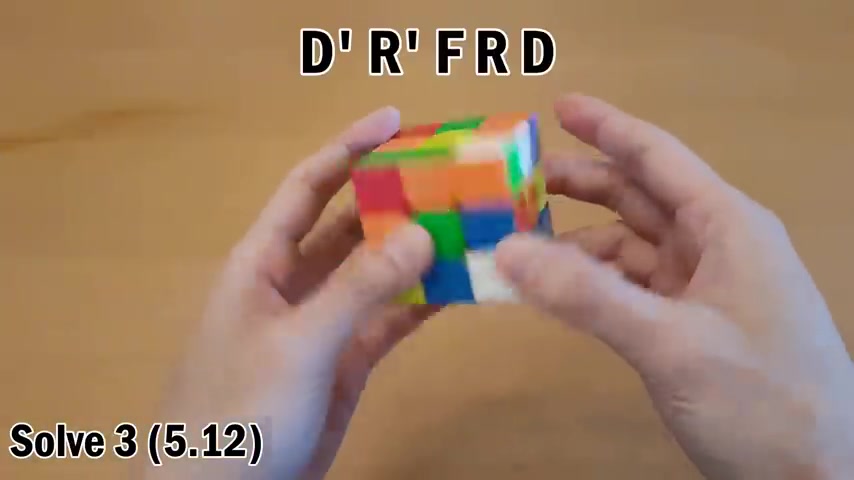
However , I personally think what Max did was the best solution for this case and that is D prime , insert this one and then d that's not the most move efficient way to do it , but it's pretty safe and fast to do .
And it keeps the look ahead simple as this pair didn't move at all .
Next T solves this pair and then solves the orange and green pear .
And then we have this pair here and this pair here .
Now , obviously , this one is a bit easier to spot as this corner is a bit hidden .
So he went for this pair and it is done like this to pair them up and then insert into the back .
Now , at this point , you would not have seen another white corner up here and this is not it either .
So you have to know that for adjacent slots if you see the matching color and you know , this is the corner whites on the back .
So when you insert , you can immediately know this without having to actually see the whites and go into this pair right away .
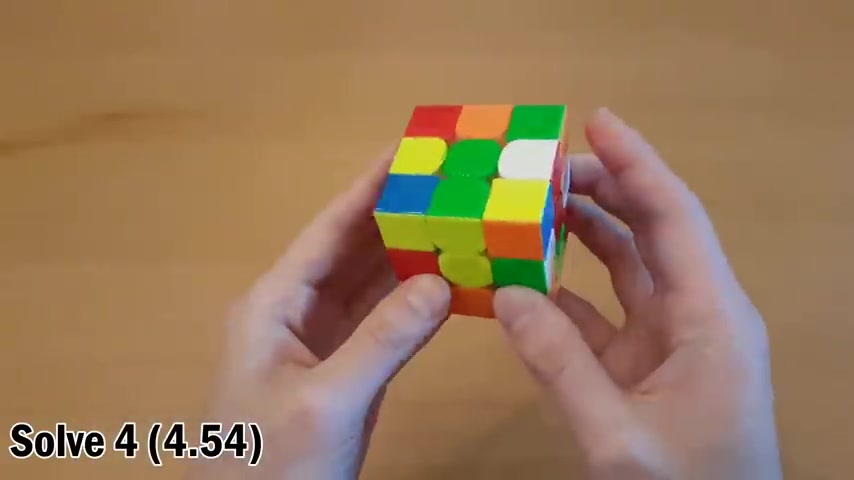
Next is this oo and then PLL is an A perm and he does DD which oh , that could be faster .
Let's do this right ?
With D two flicks that was probably still slower than Max .
This solve was 66 moves and he did it in almost 13 turns per second over the whole solve .
Wow .
For the fourth solve , Max does blue cross again .
And in case you guys are wondering generally what you look for when you're doing or neutral cross is just a cross piece attached to the center and that is yellow or green or orange or blue in this case .
So how max did the solution was D prime and then insert white and red .
And he does this with RF prime , which you should do like this .
And that's what he does because it's an F move .
A lot of people don't think to use their ring finger .
But if you end up in this position , you should definitely use it .
I have a whole video about this and he noticed that by doing this , you get the white red edge solved .
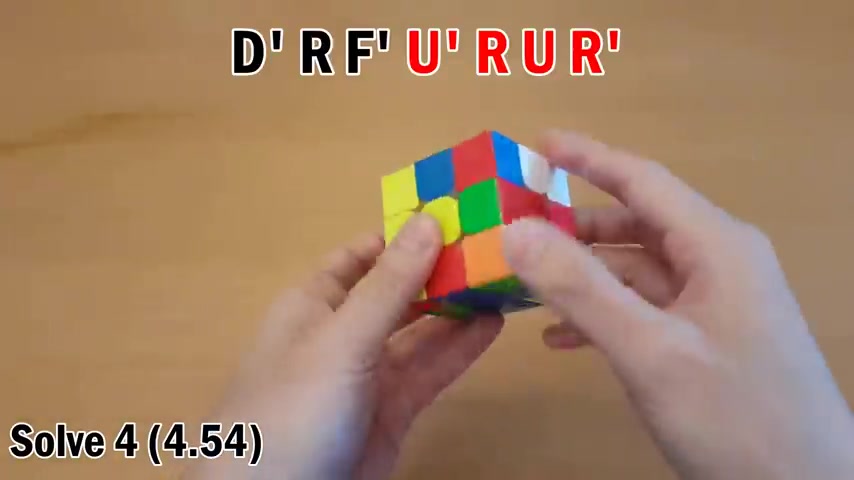
So he tried to solve the white red corner as well before finishing the cross .
So what he did was insert this white red corner here like that and this completes the X cross , he aligns it and then inserts yellow .
I found this X cross to be a bit strange because after you solve red and white , you have this pair right here and it's pretty much made on the second move .
So it's not hard to spot .
And I imagine Max must have seen this but decided to do the X cross anyway , which breaks this pair .
What I would have done is ignore or maybe not even see the X cross because I already saw this pair and then just insert yellow normally and then solve this pair first .
So instead of just inserting yellow , he made the X cross which put this pair in this position .
And from here , you can still technically save it , but I don't think it's worth it anymore .
He just solved the X cross and did this and it made this very easy to track because he was probably watching this pair the whole time because of that , he immediately knew what his second pair would be , which is good .
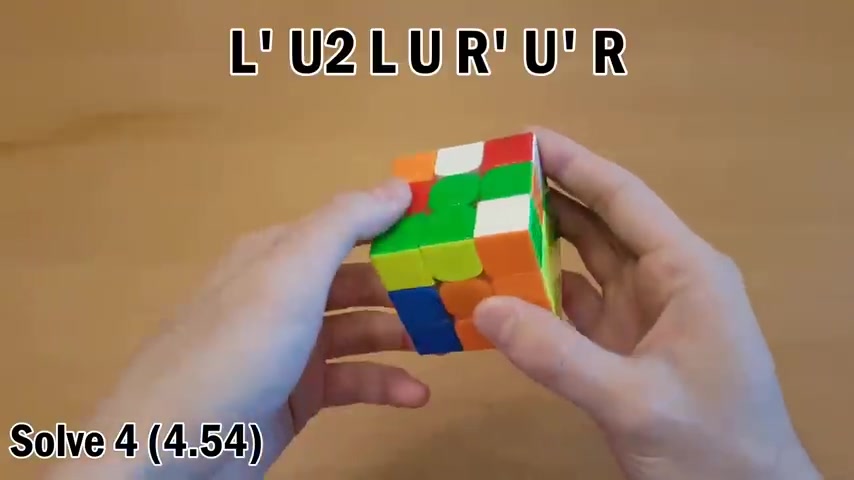
So if you make an X cross and you immediately know what the second pair would be , then this is probably even better than what I showed just because he's optimizing for , look ahead as well as move count .
So he solves this pair and sees this pair next .
What he does next is interesting .
Instead of solving this in one of two rotational ways , either L prime U two L and then insert into the back or U two and then pair them up like this and insert into the back .
What he does here is rotate and then solve this pair .
So like II , I don't know why .
I think this is just actually worse .
But then he does this pair which requires another rotation and then uh he ends up with a Great Oll .
So who am I to say anything about his solves ?
So he does this oll like this and then this PLL .
So like this , here's the last solve of the average .
But at this point , he already had the world record average at 5.32 because the best and worst solves of the average don't count .
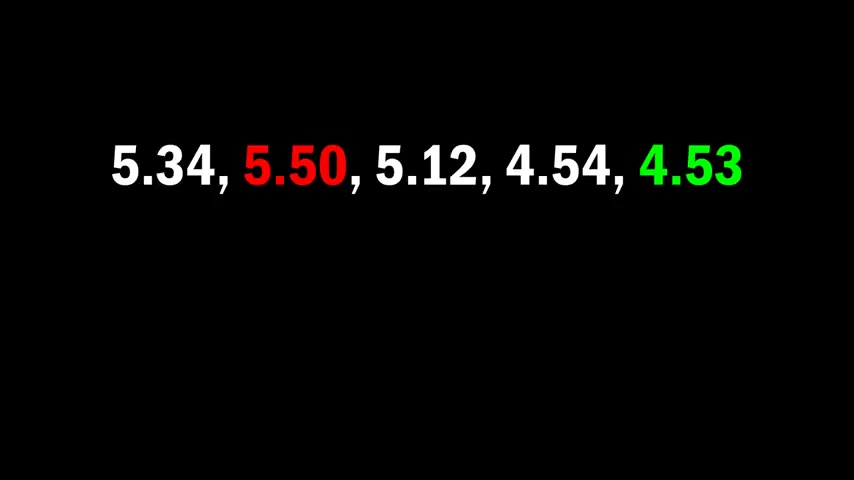
So , no matter what he gets here , if it's bad , he still gets a 5.32 average .
But of course , he had the chance to improve the average .
And if he had gotten the best solve on this fifth solve , then he would have had a 5.00 average .
So if you thought sub five was far away , it's not that far away for this solve .
There are plenty of good crosses to pick from .
He ended up going with yellow and I actually , I , I see white here .
Uh But it's not amazing .
I probably would have gone for orange because it is 123 move cross .
But I guess props to max were looking further .
Wait what ?
OK .
Uh Orange cross might have been best actually .
But for the solve , Max did the yellow cross , which is also a great cross to start with as you can make an easy X cross , he solves green and he solves orange .
And then here is the red blue and there is the red blue edge .
So he moves everything over .
And then by inserting this , this pattern gives you an X cross .
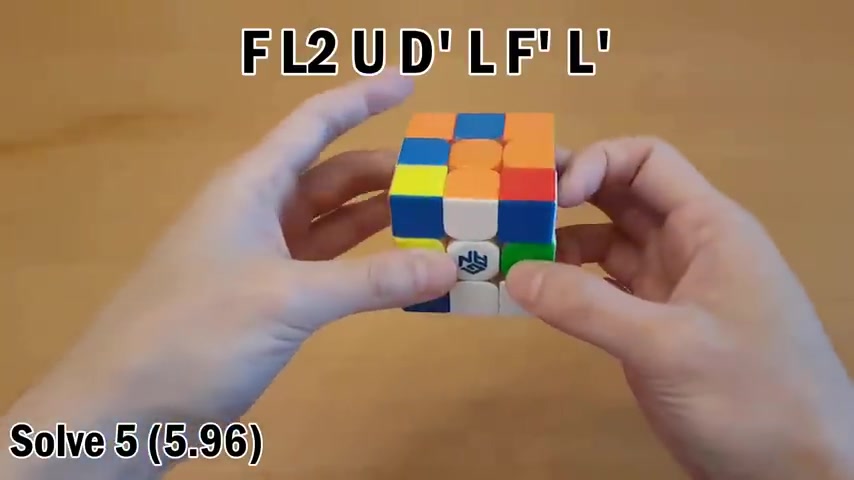
Max showed some great technique with how he started the solve .
The way he inserted green was not with an F move , but instead like a move .
And there's actually two reasons why you want to do it this way .
One reason is it puts your hand in this grip , which makes the orange cross piece a little bit easier .
The other reason is because it's generally better to start a solve with a finger trick that is a U or D turn rather than an F turn .
And that's because of the stack man timer .
You have to start with the cube on the table .
So you can't really access F turns as quickly as you can U and D moves , which can be done before you even lift the cube off the table .
So this finger trick was great .
And then the rest of the X cross next , he goes for this pair .
And one way you could do it is by solving it from here .
And then this way you don't have to cu rotate , but it does leave you with two solved front slots and you may be able to find things easily after , but you may not as well .
So it's generally safer in terms of your look ahead to do the other solution .
Instead .
What max did here is a rotation and then pair it up here .
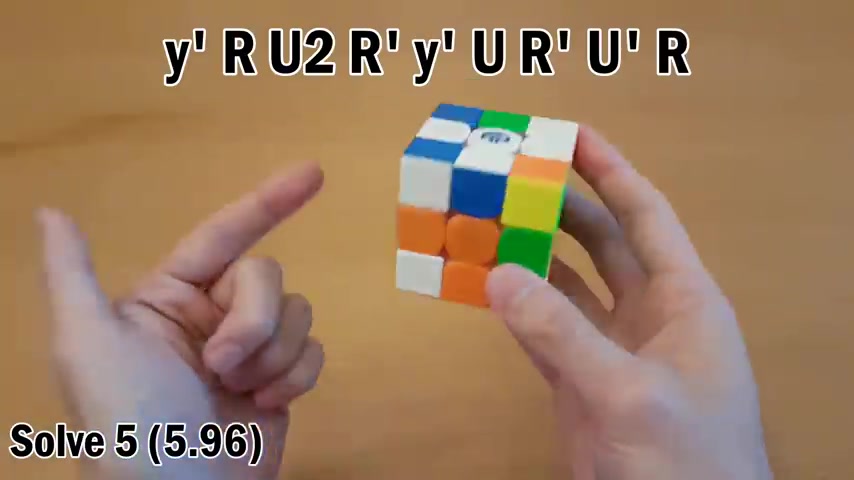
And he noticed this and then another rotation and that it lets them insert it into the back .
Now , two rotations doesn't look so good , but it can be OK because it was hard to see pieces from the start .
So during each of those rotations , you have time to look ahead to what's coming next and you can use that time basically to plan out the rest .
So it's not really as bad as two rotations looks .
Then he noticed this is not quite a great pair .
So he went for the orange blue instead and this can be done with keyhole .
He took out the orange blue and then did D and then inserted the orange blue into the correct spots because the edge was already solved .
And this gave him a different case for the last slot , which he solved like this .
Then we have OLL .
And here it's important to note that this is going to move right here .
So it's good to know how your blocks get preserved because it can help you predict what PLL case you're going to get .
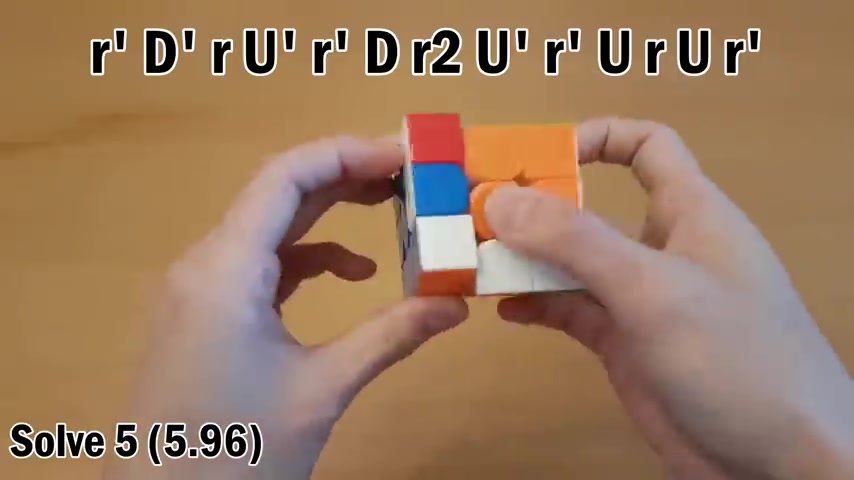
So he does the OLL and then here he aligns the blocks and then does an A perm but rotates first .
And this is usually not what you want to do , but for Aras , it can be fine .
And that's because for an A perm , you're doing a cube rotation already .
So it doesn't add much more time to just cube rotate somewhere else instead .
So he does the A perm with DD Flix .
Another thing you could have done for the last two slots since he was already in a keyhole mindset is to just insert this corner and solve it .
Now you have a solved corner and edge and then the other corner and edge can be solved together .
And this is called pseudo slotting .
So how this is done is by pairing up the two here that are not solved for a slot and then solving these two , how you normally would ?
Well , I guess we can even do a rotation list like this .
Oh , that's nice .
Let's see how the solve would have went if he had actually done that .
Oh , wow .
It's another a perm .
OK .
So that actually would have made the solve a little bit better .
But I don't generally expect people to be doing pseudo slotting in their solves .
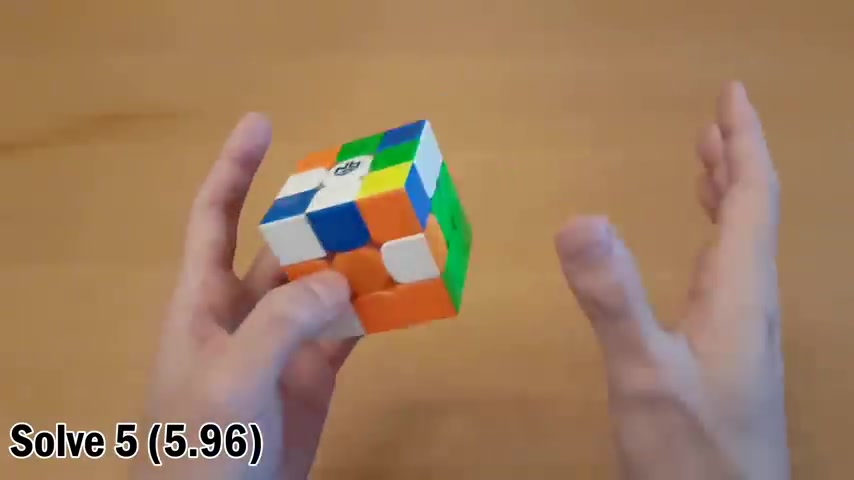
Besides the awareness you need to set this up , you also need to be able to recognize this under pressure and it's the last solve of the world record average .
I I probably would not be attempting pseudo slotting either .
Also , how did he miss the Orange Cross ?
I think I may have heard somewhere that he doesn't do Orange Cross .
Uh I'm not sure if he's fully color neutral , but I mean , the Orange Cross was so easy if you guys know what's up with this .
Let me know in the comments , I don't know how to feel about those solves .
Well , one thing I've definitely learned is it seems like Max is using a lot of his inspection to make X crosses and that is actually very useful .
Maybe I'll try to use more X crosses in my solves because honestly , I don't even know what else I'm supposed to learn from this .
Like you can just have a high amount of turns in your solve .
But as long as you can turn crazy fast , like Max Park , then it doesn't even matter .
You can just get a world record average without even getting that lucky .
Why do I even bother learning all these advanced tricks ?
Oh , yeah .
It's because I can't turn as fast as Max Bark anyway , before I go cry in the corner .
I just wanna say thanks for watching and I'll see you all next time .
Are you looking for a way to reach a wider audience and get more views on your videos?
Our innovative video to text transcribing service can help you do just that.
We provide accurate transcriptions of your videos along with visual content that will help you attract new viewers and keep them engaged. Plus, our data analytics and ad campaign tools can help you monetize your content and maximize your revenue.
Let's partner up and take your video content to the next level!
Contact us today to learn more.